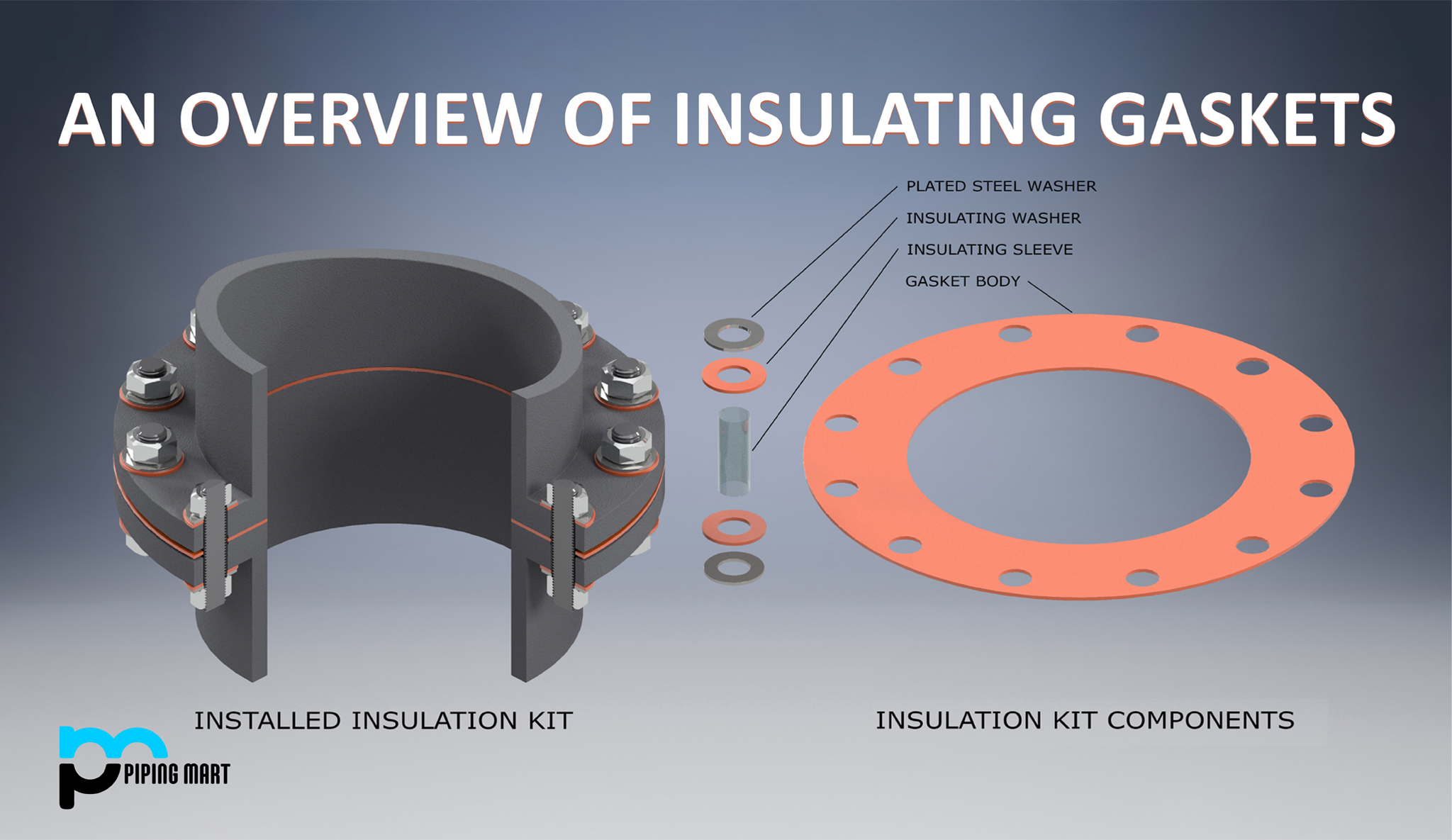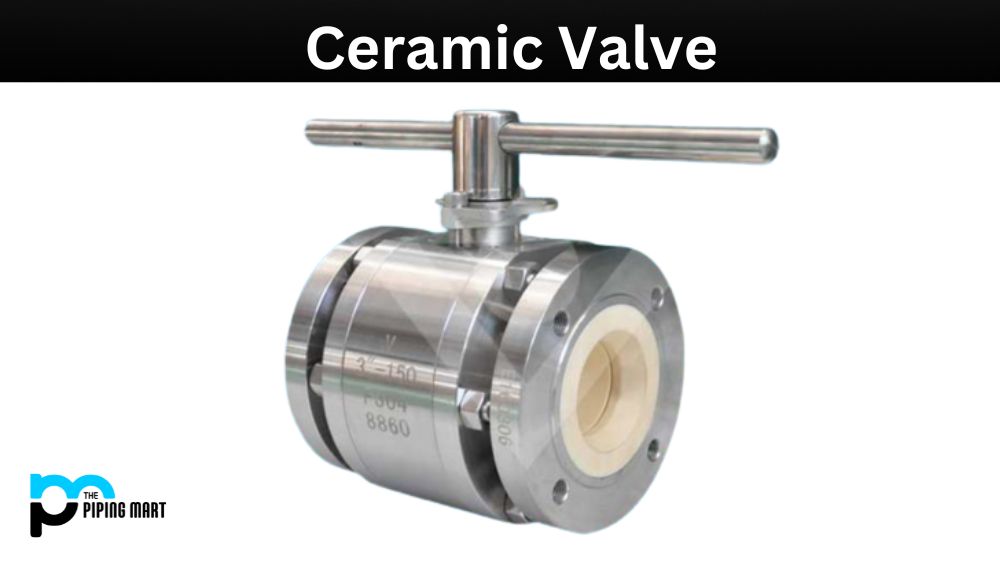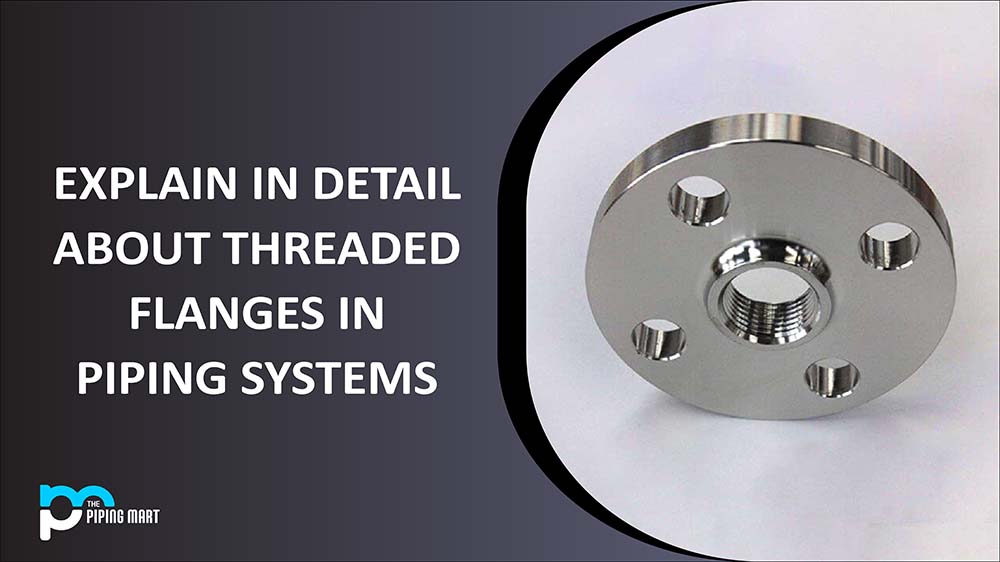Flanges are the most commonly challenging element for a piping or pipeline system design. To prevent flange leakage, we must be extra careful to seal it properly. At the same time, it must be cathodically insulated to prevent stray currents, which are known to cause unnecessary corrosion and eventual metallic breakdown. In such situations, insulating gasket sets or flange insulation kits are essential.
- They are designed for electrically insulating flanges.
- They act as an insulator between dissimilar metallic flanges.
- They are also used to electrically isolate sections of pipework (dissimilar metals) in cathodic protection systems, preventing electrostatic charge flow along pipelines by eliminating the possibility of galvanic cell system formation.
Uses of Insulating Gasket Kit
Insulating gasket kits can be utilized anywhere galvanic corrosion prevention and electrical insulation are required. Common application areas include marine piping and pipeline systems, offshore installations, chemical installations, oil refinery pipes, and so on.
Parts of Flange Insulation Gasket Kit
Each flange insulation Kit constitutes of:
- 1 central flat or oval section gasket
- 1 insulation sleeve for each bolt
- 2 insulating steel washers for each bolt
- 2 plated steel washers for each bolt.
All of these components are made with unique materials that have chemical stability, dielectric characteristics, and minimal water absorption to achieve the goal. The complete sets are packed individually and properly labeled with the flange size, rating, type, and material combination. Insulation kits are normally accessible up to 24 inches but customized higher nominal sizes can be manufactured on demand.
Installing of the flange insulation gasket kit parts
The essential components of the insulating gasket kit are the polyethylene insulating sleeve and the mounting stud. In comparison to the standard nut and bolt flanged joint technique, the insulation kit utilizes a stud with a washer and nut on each end of the flange joint. After that, the insulating sleeve is placed into the bolt holes, one insulator on each side of the flange. As a result, two insulators are put into the flange for each bolt hole. The mounting stud is then put into the insulating sleeves until threads on both ends of the stud can be seen outside of the flange. A flat steel washer is put on each end of the stud, and a nut is threaded on and tightened on each end of the stud.
The flange insulation kit becomes significantly stronger than the normal nut-and-bolt type connection as a nut on each end of the stud is tightened. When tightening a nut-and-bolt, all of the clamping force is applied to the single set of threads on the bolt. However, when tightening a double-ended stud, such as in a flange insulation kit, the clamping force is divided equally between the threads on each end of the stud as well as inside both nuts. The stud is shielded and insulated from any electric charge or corrosion. This results in a flanged connection that will not corrode or fail as a result of a chemical interaction between two different metals.

Pipingmart is B2B portal specializes in industrial, metal and piping products. Also, share latest information and news related to products, materials and different types grades to help business dealing in this industry.




